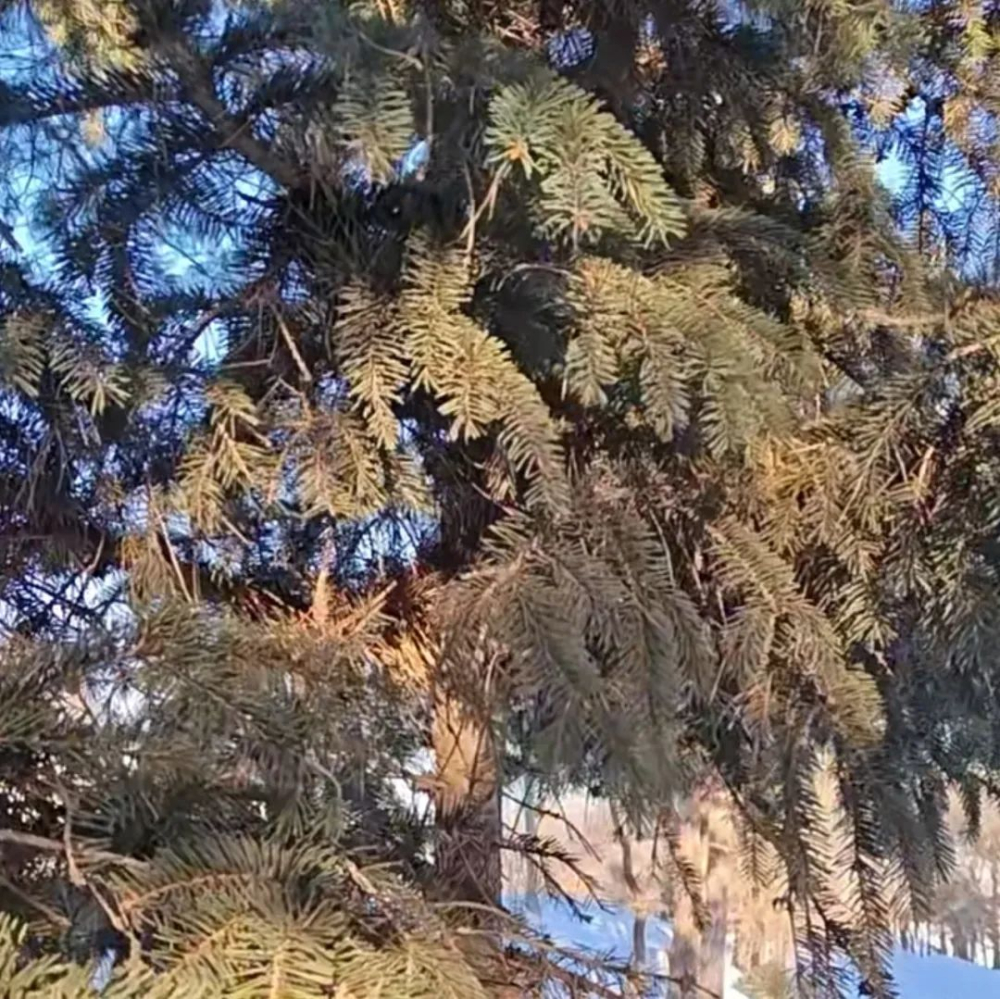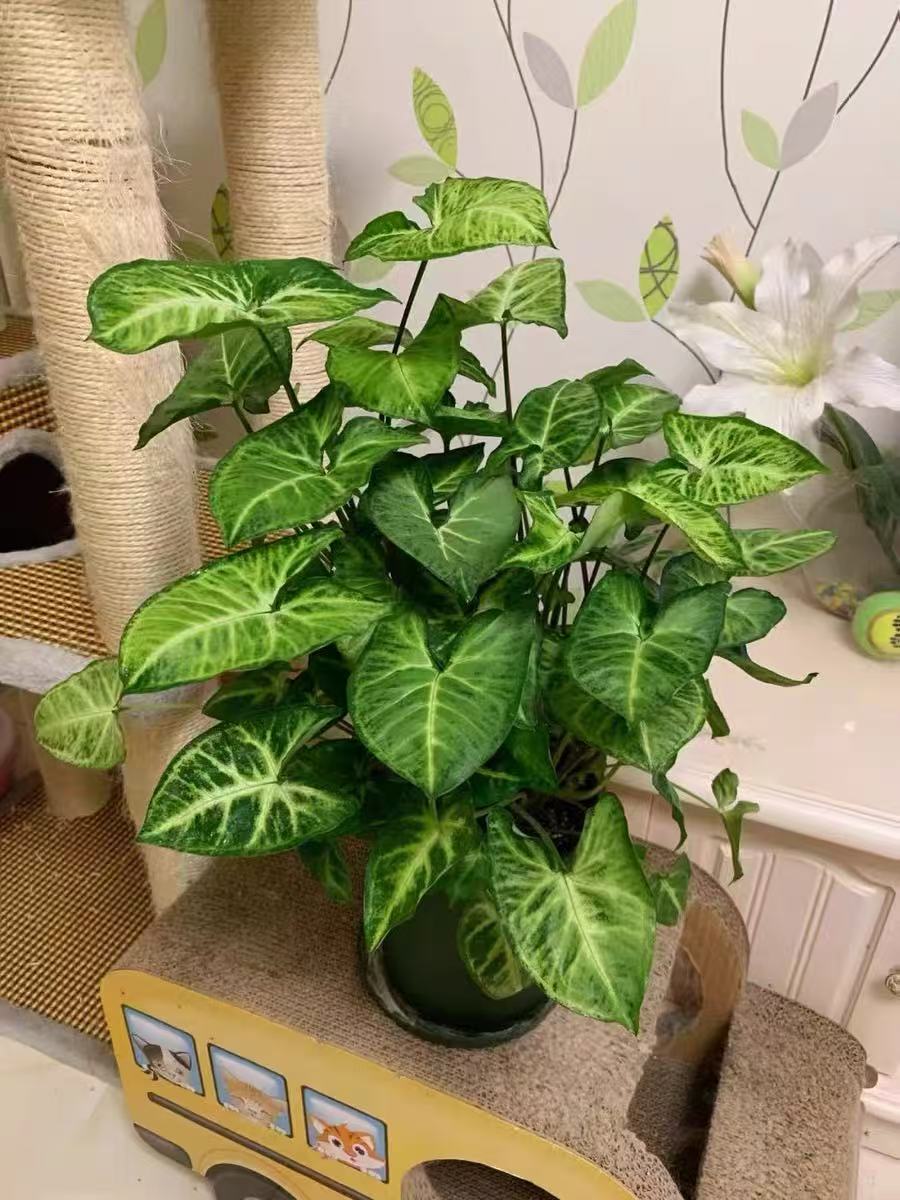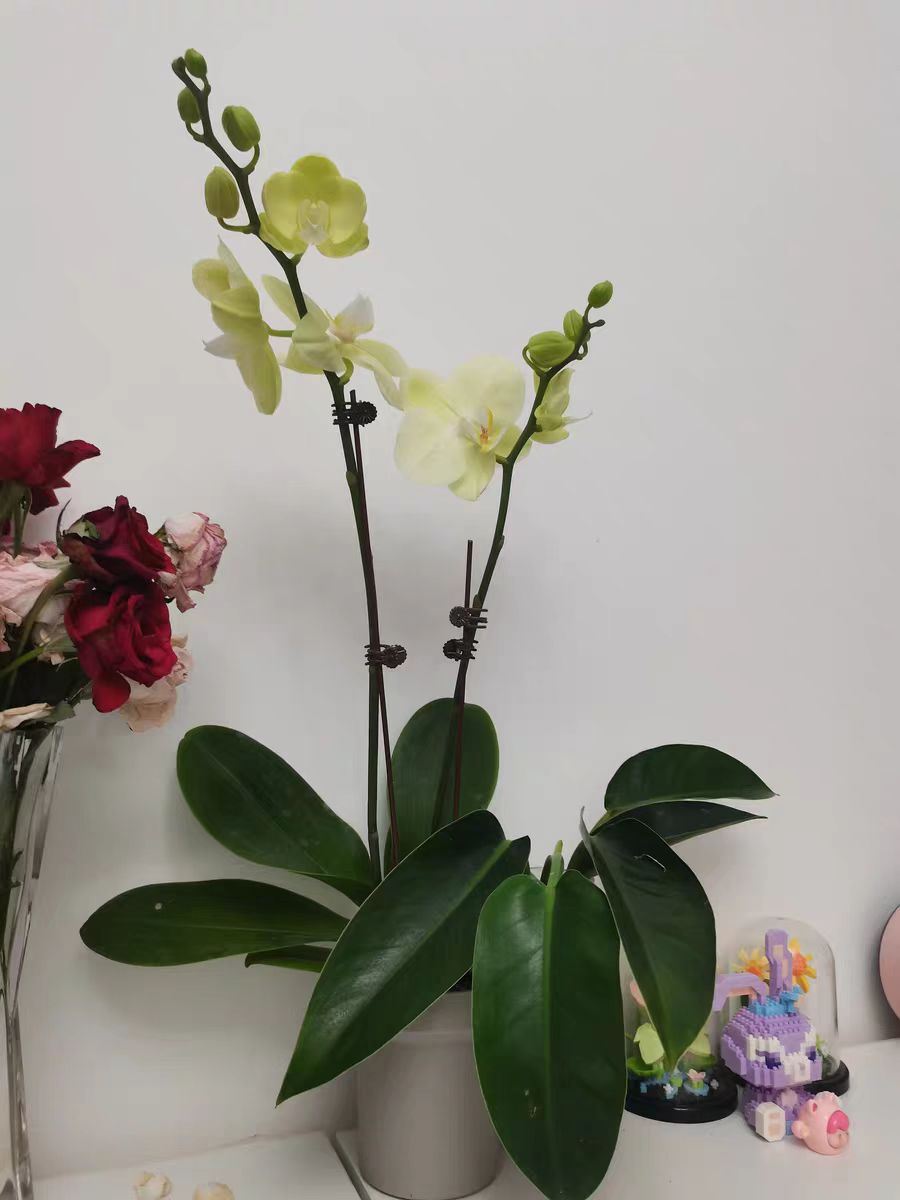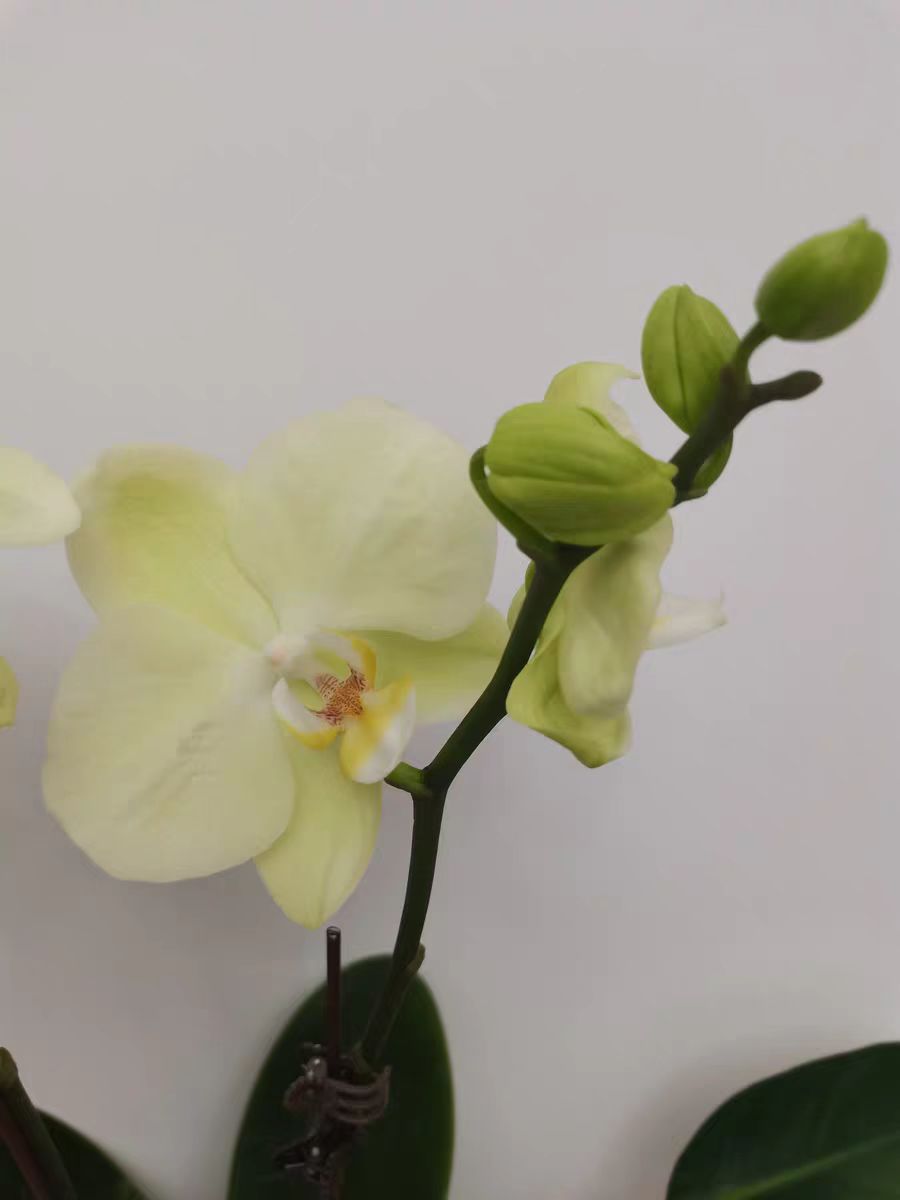In the cold winters of the northern regions, the outdoor environment poses a huge challenge to the survival of plants. However, there are still some cold-resistant evergreen plants that can demonstrate tenacious vitality under such harsh conditions. The following are some recommended cold-resistant evergreen plants suitable for outdoor wintering in the northern regions.
### Chinese Pine (Pinus tabuliformis)
The Chinese pine is an evergreen coniferous tree belonging to the Pinaceae family. It can reach a height of 25 meters. Its bark is grayish-brown in color and splits into irregular and relatively thick scaly pieces. Its needles are in bundles of two, dark green in color, thick, hard, and shiny. The Chinese pine has excellent cold resistance. With its strong root system, it can firmly take root in the soil in the low-temperature environment of the northern winter. It is not very demanding on soil conditions, can tolerate poor soil, and adapt to various soil types. In landscape design, the Chinese pine is often used to create a solemn and majestic atmosphere. Whether it is planted alone as a focal point or combined with other plants to form a forest belt, it has high ornamental value. Meanwhile, the Chinese pine also plays an important role in conserving water and soil and preventing wind and sand erosion, making a positive contribution to the stability of the ecological environment in the northern regions.
### Spruce (Picea spp.)
The spruce is an evergreen tree belonging to the genus Picea in the Pinaceae family. Its trunk is tall and straight. Its bark is light grayish-brown or light brownish-gray in color and splits into irregular scale-like or slightly thick pieces that fall off. Its leaves are quadrangular and strip-shaped, slightly curved, with sharp tips and stomatal lines on all four sides. The spruce is shade-tolerant, cold-resistant, and likes a cool and humid climate. It has a relatively shallow root system and relatively weak wind resistance. However, in the snow-covered winters in the northern regions, it can get a certain degree of protection. The spruce has an elegant tree shape and is an excellent ornamental tree species for courtyards. It is often used to create scenic forests and as Christmas trees. Meanwhile, its wood is light, soft, and fine, and can be used in construction, furniture making, and so on.
### Lacebark Pine (Pinus bungeana)
The lacebark pine is a tree species endemic to China and belongs to the genus Pinus in the Pinaceae family. Its bark is mottled white, which is particularly eye-catching among the green trees. The bark of adult trees peels off in irregular thin flakes. Its needles are in bundles of three, thick and hard, with stomatal lines on both the back and the two sides of the front. The lacebark pine has strong cold resistance and can tolerate a low-temperature environment of -30 °C. It likes sunlight, can tolerate poor soil, and grows most vigorously in places with deep, fertile, sunny, warm, and well-drained soil. In landscape design, the lacebark pine is a precious ornamental tree species. It can be planted alone, in pairs, or in groups. Its unique white bark and emerald green needles set off each other, adding a unique touch of color to the winter landscape.
### Euonymus japonicus
Euonymus japonicus is an evergreen shrub or small tree belonging to the genus Euonymus in the Celastraceae family. Its twigs are quadrangular, smooth, and hairless. Its leaves are leathery and shiny, obovate or elliptical in shape, with rounded or acute tips at the apex and cuneate at the base. Euonymus japonicus has good cold resistance and can overwinter outdoors in most areas of the northern regions. It has a strong adaptability to soil conditions and is not very strict with soil requirements. It likes sunlight but can also tolerate shade. Euonymus japonicus is a common hedge plant in gardens. After being pruned, it can form neat and beautiful shapes. Meanwhile, it can also be used as an edge plant for flower beds and flower borders or to adorn courtyards, parks, and other places, adding a touch of green to the winter landscape.
What plants are suitable for outdoor wintering in the northern regions?

Share with
Tagged in :




Leave a Reply